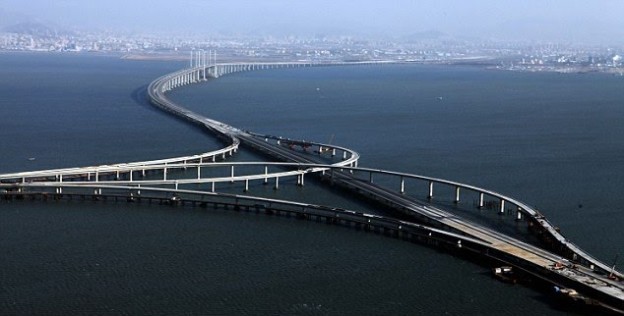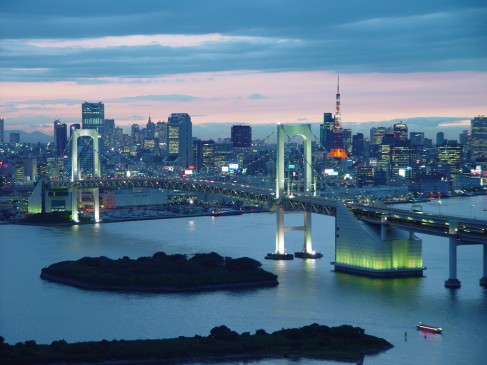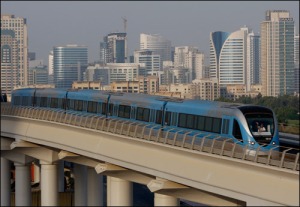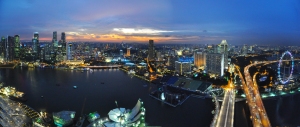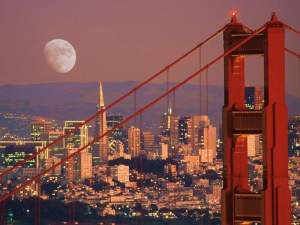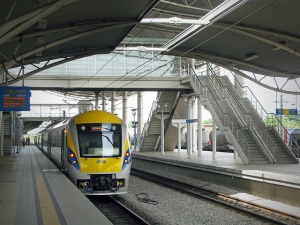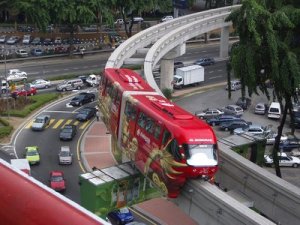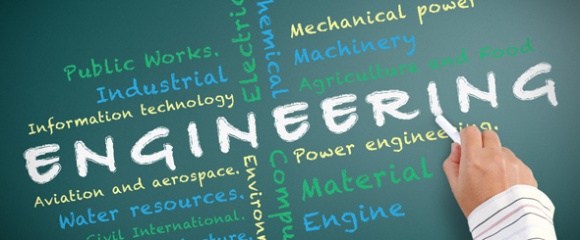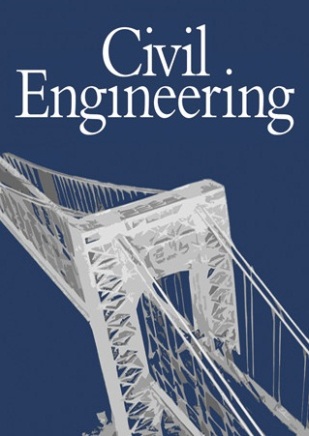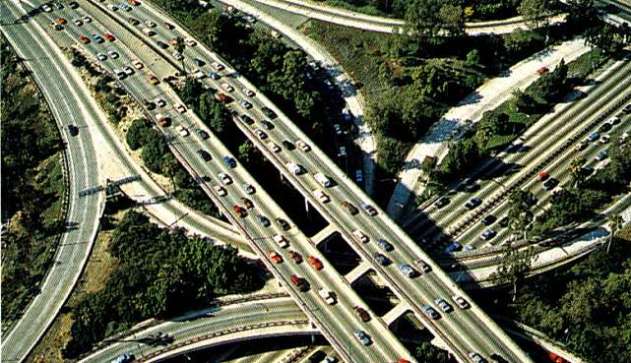Danyang–Kunshan is the world longest bridge completed in 2010 and opened after a year. The bridge is located in Jiangsu province and is essentially along the rail-road between Nanjing and Shanghai. Accordingly, the bridge is built corresponding to the Yangtze River and passes through Danyang via Wuxi to Kunshan. The bridge guzzled $8.5 billion, employed 10,000 workers and completed within 4 years. Danyang-Kunshan Bridge is 165 km long and among the marvels of architecture. Certainly, among actual benefit of Danyang-Kunshan Bridge is to facilitate the Beijing high-speed railway system. Chinese travelers and businessmen benefit from this bridge, since it provide vital transportation tool. The bridge also serves as the main highway across the Hangzhou Bay. The travel time from Ningbo to Jiaxing is by over a half since it was 4.5 hours and has reduced to only 2 hours. The bridge is also the current tourist destination and this has generated tremendous revenue, as it also holds the current Guinness World Record. Halfway, when going along the bridge, there is a conference center, a gas station, a hotel and recreational facilities entailing a lookout tower attracting tourists. Indeed, within few decades, China has 11 of the 15 longest bridges in the world. This also shows the aggressive nature and consistencies the communist nation has taken to venture massive architectural marvels that lure other under-developed countries to seek assistance from China. Undeniably, the Danyang-Kunshan Bridge is self-demonstration meant to capture attention of the rest of the globe by concisely ascertaining that there is an emerging superpower in waiting. Succinctly, China has taken almost major construction projects in the African continent including oil exploration and space expeditions. In a nutshell, these are a few of the Chinese ventures that essentially are working to their advantage in the struggle for the world superiority (Pickup 1).
Work cites
Pickup, Oliver. A Bridge Too Far? China Unveils World’s Longest Sea Bridge which is Five Miles Longer than the Dover-Calais Crossing. Mail Online, January 2011.
<http://www.dailymail.co.uk/news/article-1343004/A-bridge-far-China-unveils-worlds- longest-sea-bridge-miles-FURTHER-Dover-Calais-crossing.html>
